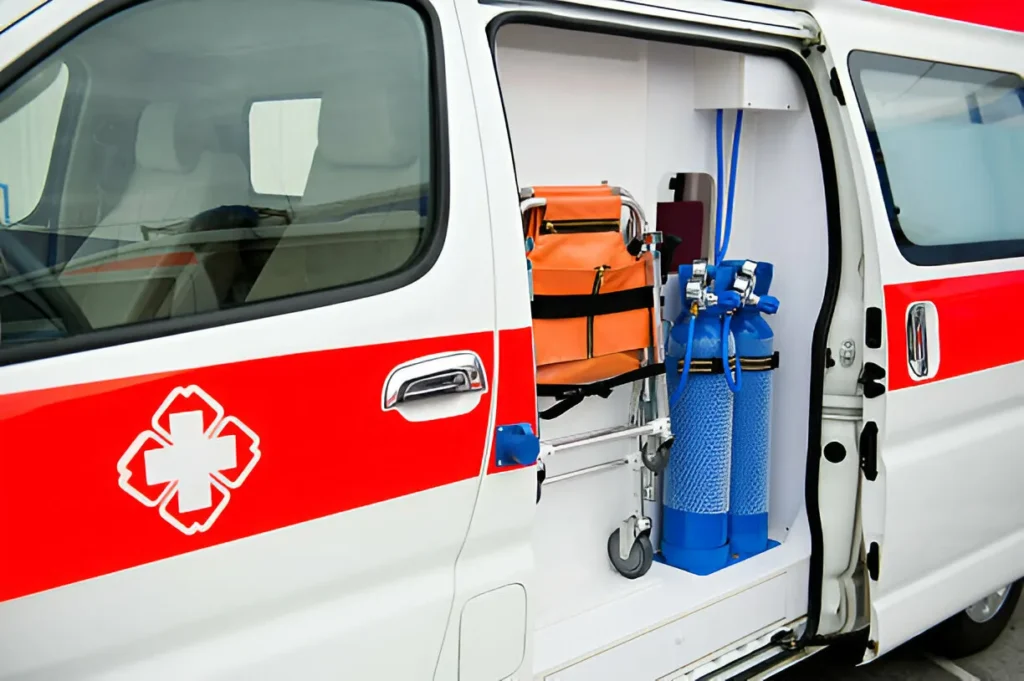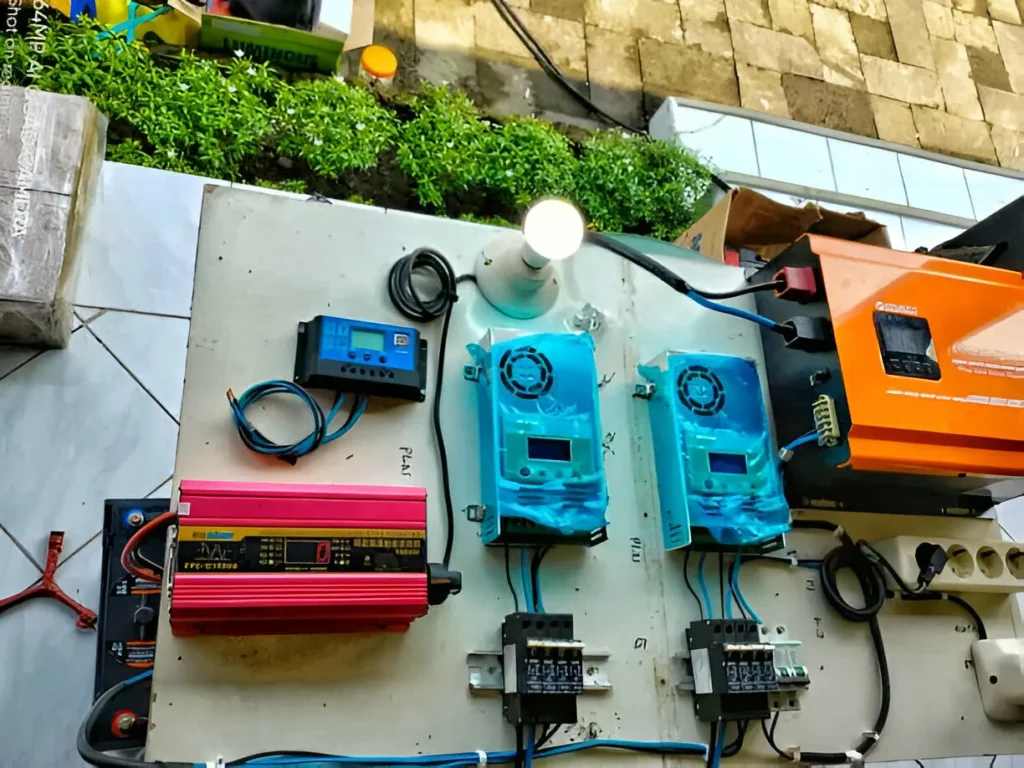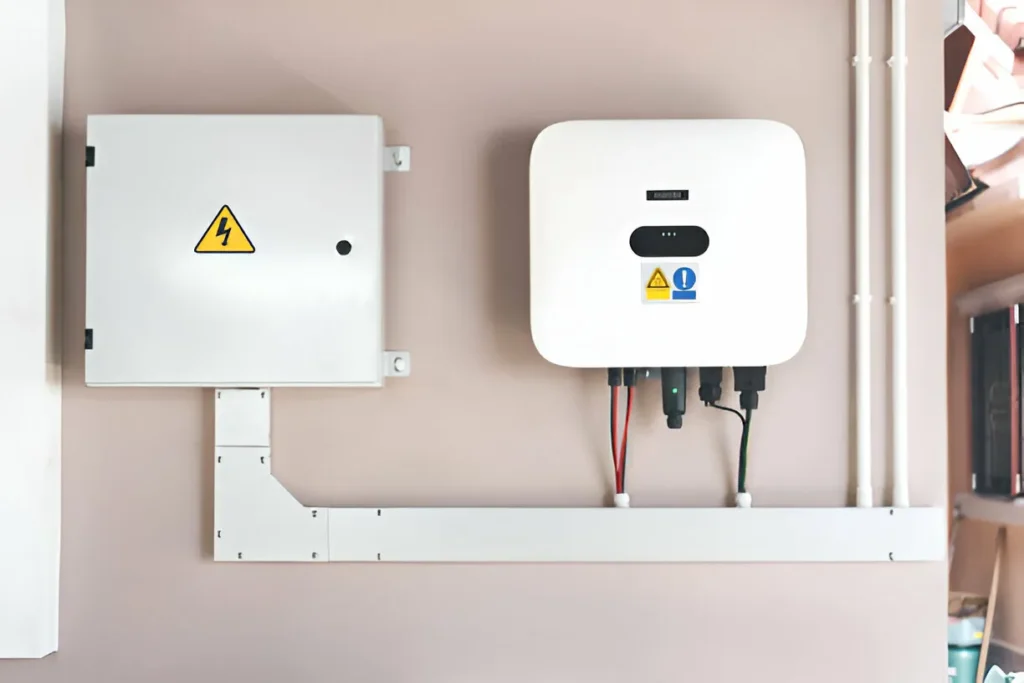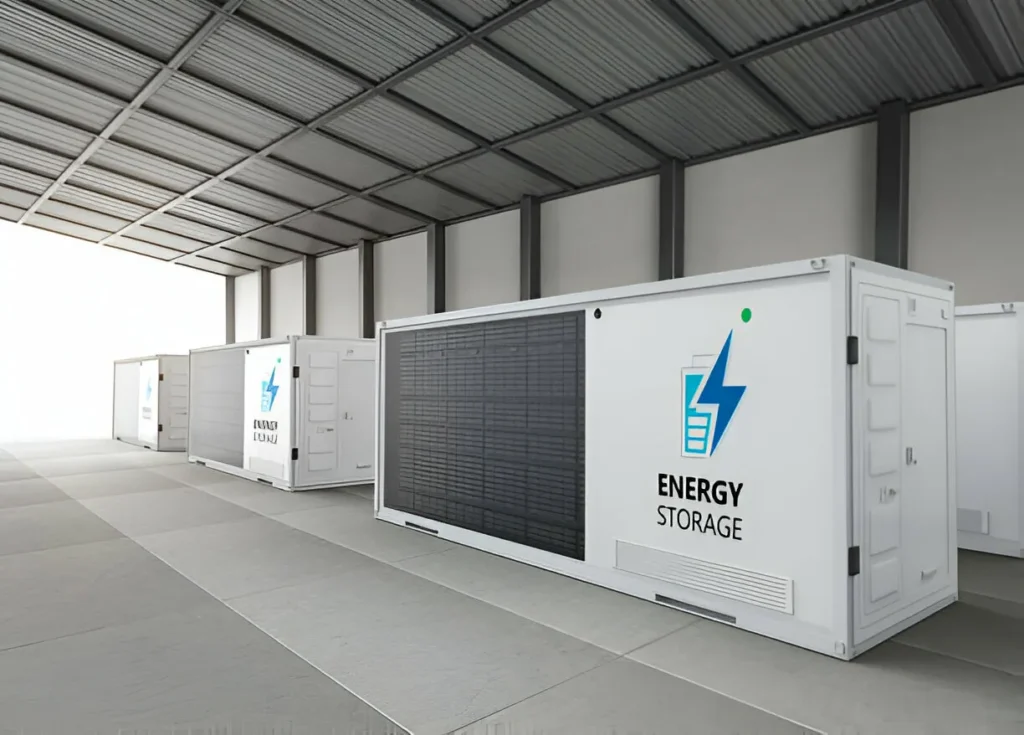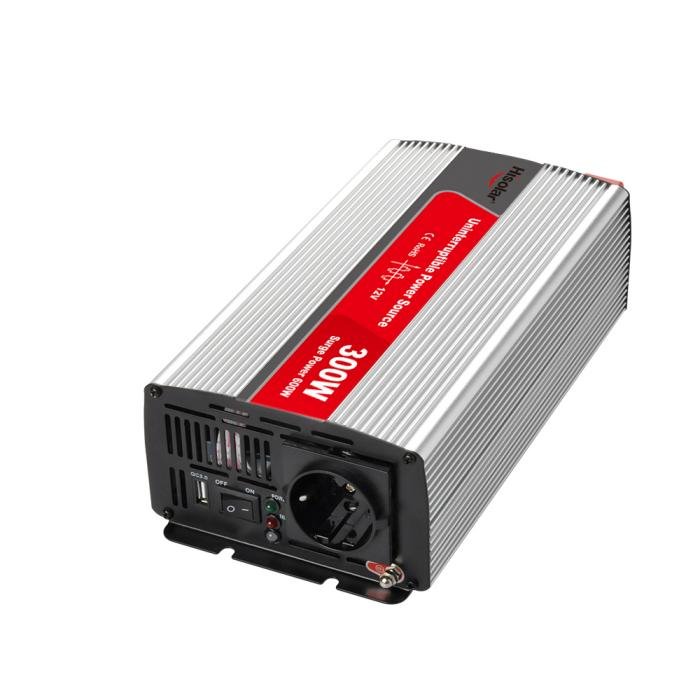When selecting a power inverter for an ambulance, there are several key factors to consider to ensure the inverter can meet the needs of the specific medical equipment and adapt to the challenges of the emergency environment. Here are some key considerations:
1. Power requirements
The first step is to assess the total power requirements of all equipment on the ambulance that will be powered by the inverter. The inverter’s output power must be higher than this total demand to avoid overloading and potential equipment failure. In addition, considering the possible addition of equipment in the future, it is wise to choose an inverter with a certain margin.
2. Output stability
Inverters for ambulances should provide stable and reliable power output. The fluctuation range of the output voltage should be as small as possible to ensure the safe operation of sensitive medical equipment. Look for inverter models with good voltage regulation and pure sine wave output.
3. Durability and reliability
The inverter needs to be able to withstand the vibrations, temperature changes and other physical conditions that the ambulance experiences while in motion. Choosing products provided by manufacturers with good seismic performance and high waterproof and dustproof levels can increase the stability and service life of the equipment.
4. Energy efficiency and heat dissipation
Efficient inverters reduce energy waste and reduce heat generation during operation. The space inside the ambulance is limited, and the heat dissipation design of the inverter must be excellent enough to avoid overheating from affecting equipment performance or safety.
5. Ease of use and maintenance
In an emergency environment, operating the inverter should be easy and intuitive. In addition, maintenance of the reverser should be simple, allowing for quick inspection and repair. Choosing a model that is easy to access and operate can reduce the operational burden on medical staff.
6. Safety performance
It is also important to consider the safety features of the inverter, such as short-circuit protection, overload protection, overheating protection and automatic shutdown functions. These functions can automatically cut off power in potentially dangerous situations to protect equipment and personnel.
7. Certifications and Standards
Choose inverter products that comply with national or international safety standards and certifications, such as CE, UL and other marks, which are guarantees of product quality and safety.
Features
Pure sine wave output:
- The inverter provides pure sine wave output, which is necessary for medical equipment because it ensures stable operation of sensitive equipment and reduces equipment damage or malfunction due to power quality issues.
High efficiency conversion:
- Modern inverters are designed to convert DC power to AC power with high efficiency, maximizing battery usage efficiency and reducing energy loss.
Automated protection functions:
- Including overload protection, overheating protection, short circuit protection and overvoltage or undervoltage protection. These functions ensure the safe use of the inverter in various situations and prevent equipment damage.
Compact and lightweight design:
- To accommodate ambulances with limited space, inverters are often designed to be compact and lightweight, making them easy to install and configure in the vehicle.
Strong environmental adaptability:
- The design is resistant to high temperature, vibration and dust, ensuring that the inverter can work reliably under various road conditions and climate conditions.
Advantage
Improve the quality of medical services:
- The ambulance is allowed to use a variety of medical equipment, including some with higher power requirements, thereby providing more comprehensive medical assistance during transport.
Enhance emergency response capabilities:
- In the absence of external power, inverters ensure the continued operation of critical medical equipment, such as ventilators and monitoring equipment, which are critical for patient care in emergencies.
Reduce the risk of equipment failure:
- Pure sine wave output ensures the stability and safety of equipment operation in the ambulance and reduces equipment failures caused by power problems.
Improve energy efficiency:
- High-efficiency power conversion reduces the waste of electrical energy and extends the service life of the ambulance battery, thereby providing power support for a longer period of time.
In practical applications, examples of the use of ambulance power inverters can reflect its importance and improvement in the quality of ambulance services. The following are several specific practical application scenarios, demonstrating the key role of ambulance power inverters in different situations:
1. Remote area first aid
In remote areas, where medical facilities may be sparse, ambulances often need to transport patients to hospitals for a long time. In the process, the inverter ensures the continuous operation of life support systems such as ventilators, ECG monitoring equipment and other critical medical equipment, greatly improving the survival rate.
2. Large accident scene
At the scene of a traffic accident or disaster, multiple injured people may require emergency medical assistance at the same time. The power inverter equipped in the ambulance can support the operation of multiple equipment at the same time, such as automated external defibrillator (AED) and emergency breathing equipment, providing powerful medical support at the scene.
3. Emergency long-distance transfer
When long-term transport is required, the inverter not only ensures the continuous operation of medical equipment, but also supplies power to the lighting, computer systems and communication equipment inside the ambulance, ensuring the stability of the information transmission and navigation system, improving transport efficiency and Safety.
4. Nighttime first aid operations
When ambulances perform tasks at night, good lighting is crucial for on-site medical operations. The inverter can provide stable power supply to lighting equipment, ensuring that medical staff can perform treatment under the best sight conditions.
5. Special medical procedures
Certain special medical procedures, such as emergency surgery or specific treatments, require special medical equipment. The inverter on the ambulance can support the operation of these devices, allowing necessary medical operations to be performed even during transport.

